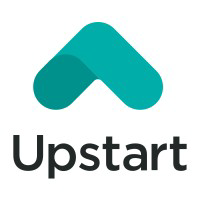
Prosper
Peer-to-peer lending model
Flexible loan amounts
Good for debt consolidation
Origination fees
Mixed customer service
Rates vary widely
Snapshot
.png)

Customer Views
What They Like
What They Dislike
FAQs
Score Credit is a free service for consumers. We partner with a network of vetted lenders and may receive compensation when a user checks their rate or takes out a loan through one of our partners. This helps us keep the platform free to use and maintain a high-quality experience. Our compensation has no impact on how your loan options are presented — you’ll always see real, personalized offers based on your credit profile and financial needs.
Score Credit is a free service for consumers. We partner with a network of vetted lenders and may receive compensation when a user checks their rate or takes out a loan through one of our partners. This helps us keep the platform free to use and maintain a high-quality experience. Our compensation has no impact on how your loan options are presented — you’ll always see real, personalized offers based on your credit profile and financial needs.
Prosper
's customers are saying...







.svg)










